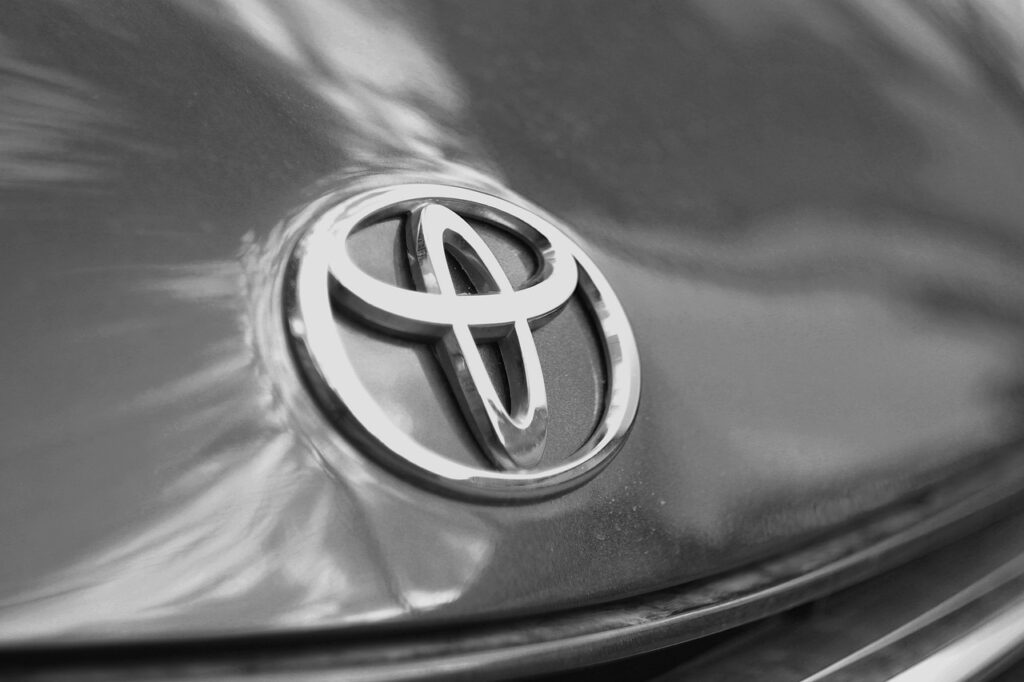As the world’s eyes are fixed on the 2024 Paris Olympics, Toyota has seized the opportunity to promote hydrogen as a key component of its vision for a zero-emission future.
Toyota’s decision to deploy 500 Mirai hydrogen fuel cell vehicles as part of the official fleet for the Paris Olympics continues the company’s tradition of using high-profile events to spotlight its emerging technologies. The Mirai, which converts hydrogen into electricity to power its motor, has been presented as a flagship model in Toyota’s strategy to reduce vehicle emissions. However, the effectiveness of this strategy hinges on the source of the hydrogen itself—a point of contention among experts.
While Toyota promotes hydrogen as a clean energy source, the reality is that most hydrogen produced today comes from fossil fuels, particularly methane gas. This production method significantly undermines the environmental benefits of hydrogen vehicles, calling into question whether the Mirai truly aligns with the net-zero ambitions of the Paris Olympics.
The Hydrogen HiLux: Prototype Hype or a Step Forward?
In addition to the Mirai, Toyota has also introduced a hydrogen-powered HiLux prototype at the Games. The vehicle is currently undergoing field testing to assess its safety, performance, and durability. However, the limited deployment of this vehicle and the ongoing nature of its testing phase suggest that it may be more of a proof-of-concept than a viable market solution at this stage.
The HiLux’s inclusion in the Paris Olympics, though a strategic move to demonstrate Toyota’s commitment to hydrogen, raises questions about the readiness of hydrogen technology for mass adoption. Given the challenges of infrastructure development and the current reliance on fossil fuel-derived hydrogen, it remains uncertain whether vehicles like the HiLux can realistically contribute to the broader energy transition in the near term.
While Toyota has made headlines with its hydrogen vehicles, the company has also deployed a significant number of electric vehicles (EVs) at the Paris Olympics, including the bZ4X. The presence of these EVs, alongside hydrogen models, highlights the ongoing competition between battery-electric and hydrogen fuel cell technologies.
Electric vehicles, with their rapidly improving technology and expanding infrastructure, currently have a more established role in reducing transportation emissions. The prominence of EVs at the Games suggests that, despite Toyota’s hydrogen showcase, the company acknowledges the immediate practicality and popularity of electric vehicles as a solution to reducing carbon footprints.
Toyota’s hydrogen push has not gone without criticism. In the lead-up to the Games, the Centre for Sustainable Road Freight (CSRF) openly questioned whether the Toyota Mirai aligns with the Olympic Games’ net-zero goals. The organization’s concerns reflect a broader debate within the industry about the true environmental impact of hydrogen vehicles when the hydrogen is sourced from fossil fuels.





